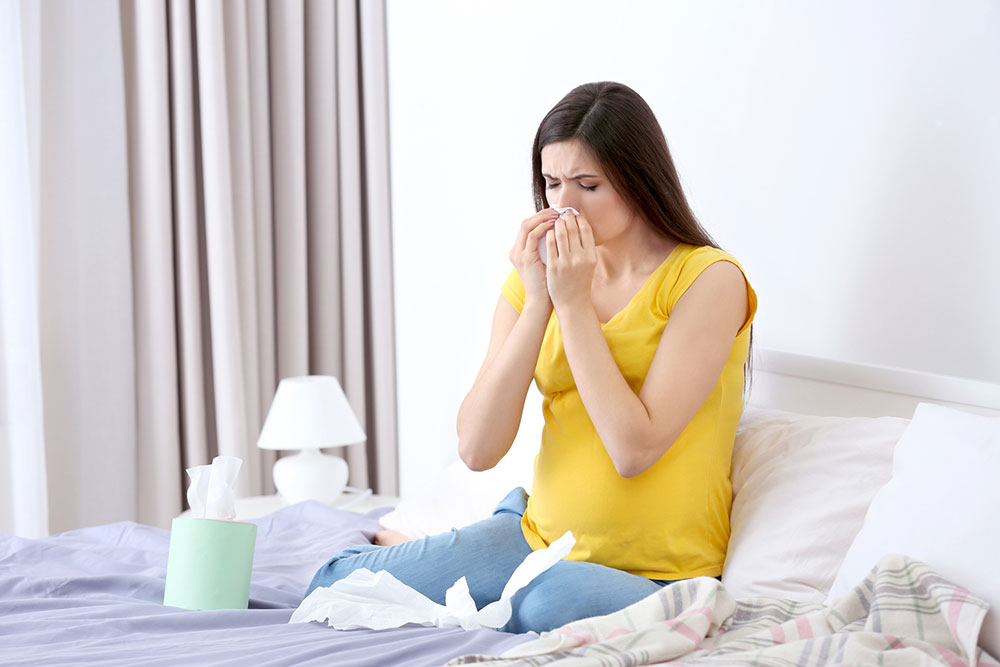
Types and Possible Triggers of Asthma and Allergies
Allergies and infections can significantly affect one’s quality of life and may be caused by a host of factors. Asthma, a chronic lung disease, is caused by tightening and inflammation of the airways and is characterized by chest tightness, shortness of breath, and wheezing, among other symptoms. Early diagnosis of both these conditions can help with effective symptom management. So, here are some types of asthma and allergies and their possible triggers:
Types of asthma
Allergic asthma
Allergic asthma is triggered when one inhales an allergen, which proceeds to tighten one’s airways and cause asthma symptoms. Pollen, dander, and mold spores are common allergens that may trigger allergic asthma.
Occupational asthma
Occupational asthma results from exposure to certain chemicals at one’s workplace, causing airways to swell up. Individuals with occupational asthma are advised to stay away from the irritant while they are prescribed a treatment course to heal from the condition.
Exercise-induced asthma
Exercise-induced asthma occurs when one’s airways narrow during physical activity. It is often prevalent among individuals already susceptible to or grappling with asthma. Besides seeking timely treatment, patients with exercise-induced asthma should engage in warm-ups before working out and take short breaks between workouts to manage the symptoms.
Nocturnal asthma
Nocturnal or nighttime asthma is a condition in which asthma symptoms severely affect one’s sleep, causing problems like wheezing, coughing, chest tightness, and shortness of breath at night, just before and during bedtime. Individuals with nocturnal asthma suffer from severely compromised sleep schedules due to this condition.
Types of allergies
Food allergy
Food allergies refer to allergic reactions to certain foods or food categories, which may cause the immune system to create an antibody called immunoglobulin E to fight against the allergen, leading to symptoms like dizziness and lightheadedness; swelling of the face, eyes, and lips; wheezing; coughing; rashes; and breathing difficulties. Individuals with food allergies should try and eliminate specific foods and food groups from their meals one by one and add them back in to identify what foods are causing the allergic reaction. Thereafter, it is essential to avoid the allergen in all forms to prevent allergic reactions.
Pollen allergy
Pollen allergy is characterized by allergic reactions to pollen from weeds, trees, and grass, which may cause asthma and hay fever symptoms like watery eyes and runny nose. Individuals with pollen allergy should avoid all pollen sources to prevent the onset of allergic reactions.
Latex allergy
Some individuals have allergic reactions to latex, a substance found in many plant sources. Latex allergy typically occurs after repeated exposure to latex and may cause symptoms like runny nose, shortness of breath, and itching. Persons with latex allergy should stay away from latex sources like papaya, rubber, and fig plants.
Pet allergy
Pet allergy is caused by an allergic reaction to proteins present in animal saliva, skin cells, or urine. This allergic reaction is particularly common among individuals with asthma and may involve symptoms like sneezing, runny nose, and hay fever.
Insect allergy
Individuals with insect allergies experience allergic reactions to fleas, bedbugs, mosquitoes, kissing bugs, etc. The allergic reaction involves rashes, itching, and skin redness and may be treated with pest control and optimal hygiene to ward off insects from one’s surroundings.
